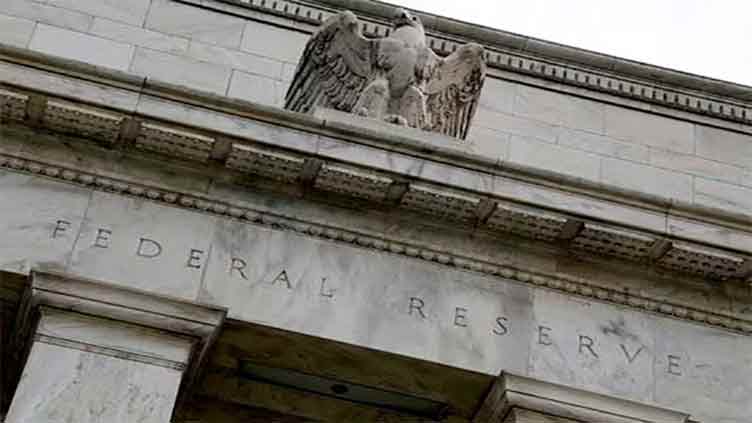Fed to cut US rates in June, risks skewed towards later move: Reuters poll

Business
Fed to cut US rates in June, risks skewed towards later move: Reuters poll
BENGALURU (Reuters) - The U.S. Federal Reserve will cut the federal funds rate in June, according to a slim majority of economists polled by Reuters, who also said the greater risk was the first rate cut would come later than forecast rather than earlier.
Reuters surveys since September have consistently predicted the first rate cut would come around the middle of this year. Markets, however, have gone from March to May, and now are priced for June as the most likely time for the first rate reduction.
Although stock markets have surged to record highs, the U.S. 10-year Treasury yield has jumped nearly 50 basis points to 4.28% this month alone, thanks to a series of releases showing strong growth, a tight labor market, and still-sticky inflation.
A strong majority of 86 of 104 economists in a Feb. 14-20 Reuters poll said the Fed would first cut the fed funds rate - currently 5.25%-5.50% - next quarter, similar to last month's survey.
But a slim majority, 53 of 104, now expect June as the most likely meeting, with another 33 calling for May. The rest put the first reduction sometime in the second half of 2024. No one predicted a March cut, compared to 16 in previous poll.
Over the past month, several Fed officials, including Chair Jerome Powell, said the central bank needed greater confidence in the disinflation trend before cutting rates. Inflation on the Fed's preferred measure is still above the 2% target.
Many analysts are coming around to the view the Fed is determined not to repeat its error in 2021 when it and most other central banks judged high inflation to be "transitory."
Kevin Cummins, chief U.S. economist at NatWest Markets, recently shifted his forecast for the first Fed cut to June from May as well as reducing the magnitude of cuts likely this year in part "as growth has held up, for now, more than we expected."
Cummins added: "the 'transitory' blunder has made officials determined not to be caught on the wrong side of the inflation story for the second time in the same cycle."
Personal consumption expenditure (PCE) inflation, the Fed's preferred gauge, is forecast to average around 2% in the second half of 2024, according to the poll, right after the Fed starts cutting.
But other inflation measures - the consumer price index (CPI), core CPI, and core PCE - were still seen above target at least until 2026, suggesting the Fed won't be moving quickly on rates once it gets started.
"For now, risks to our growth forecasts are slightly to the upside. If this leads to stickier inflation...The Fed might end up staying on hold for longer than expected," said Michael Gapen, chief U.S. economist at Bank of America.



